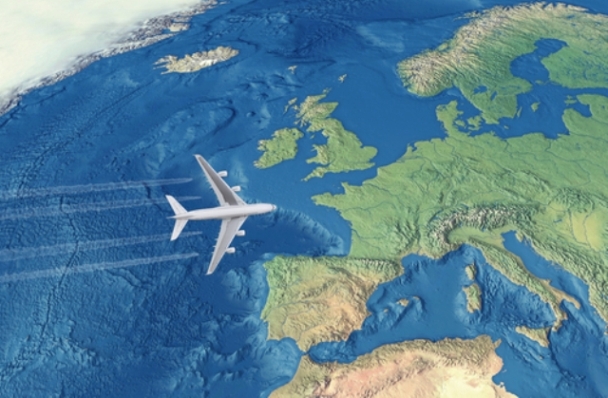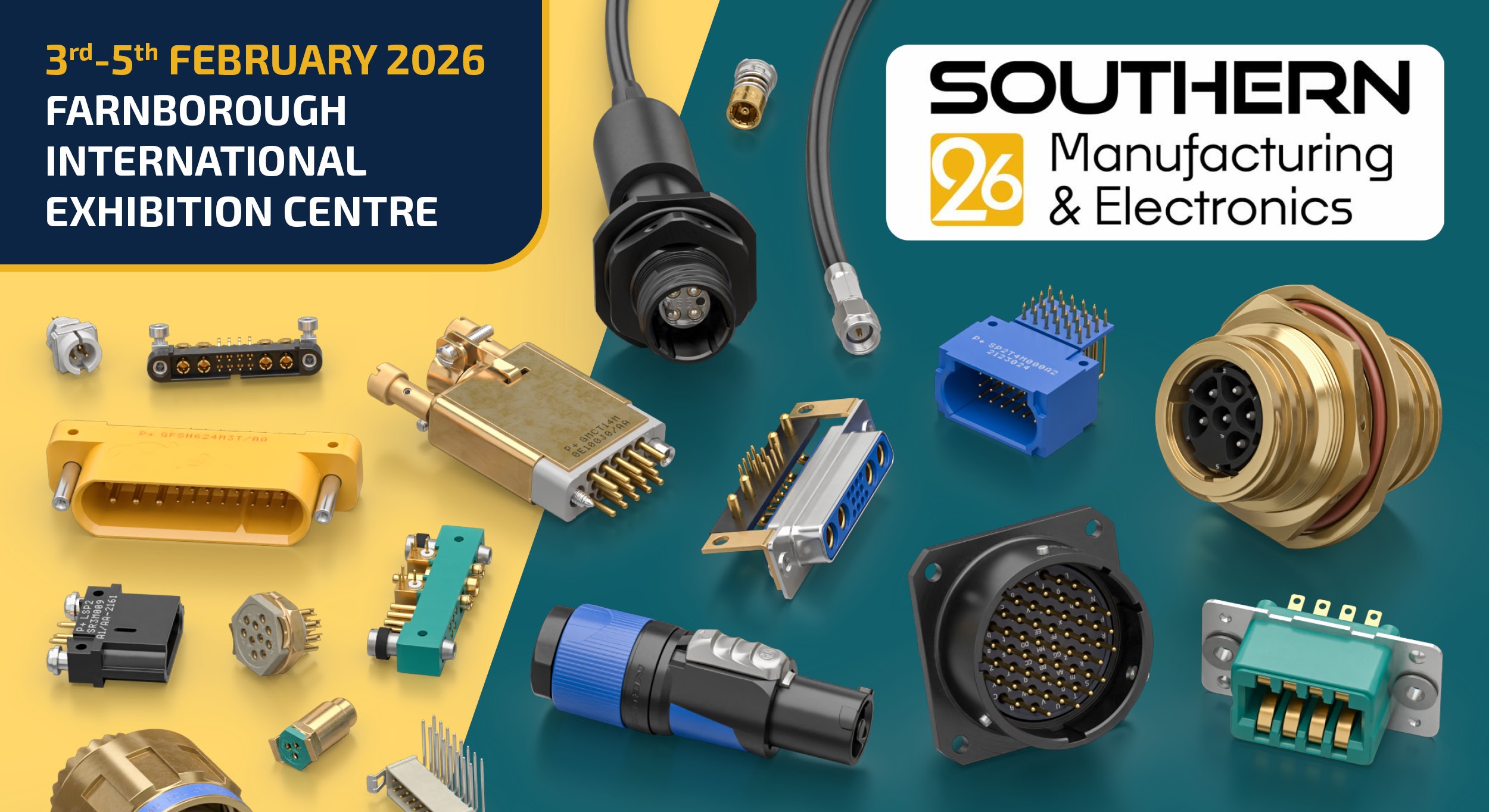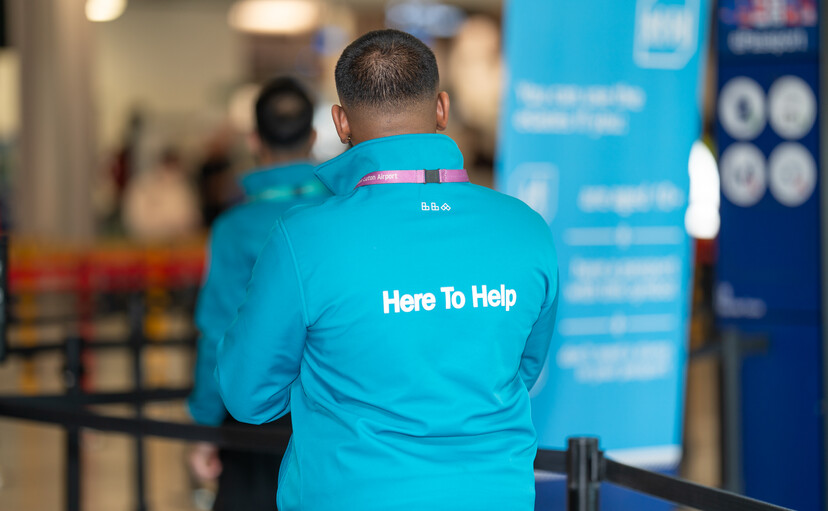EASA and ECDC issue joint air travel guidelines

Image copyright Shutterstock
The guidelines place paramount importance on health safety at every stage of the end-to-end passenger journey. Recognising that airports, airlines and aircraft are different, it takes a pragmatic approach in implementation – highlighting and giving guidance on the ways in which individual locations and situations can best be re-engineered to meet the new health safety standards.
Some overarching principles apply throughout: observe physical distancing wherever possible, wear a medical face mask to protect other passengers, and practice scrupulous and frequent hand hygiene. Air passengers and general population have to be assured that filtered air on airplanes is safer and cleaner than many of us breathe on the ground.
EASA and ECDC were charged by the European Commission with drawing up the guidelines, as part of a wider package of measures to prompt the safe restoration of transport services and connectivity following the outbreak of COVID-19.
“The safety of passengers and crews has always been paramount in aviation,” European Commissioner for Transport Adina Valean said. “Passengers have to have confidence that taking to the skies again in a confined space with other people poses the minimum possible risk to their health. We relied on our specialists from EASA and ECDC to define a set of concrete measures for the safe resumption of air travel within the EU. The protocol released today will reassure passengers that it is safe for them to fly and so help the industry recover from the effects of this pandemic.”
The guidance examines each phase of the passenger journey, and specifies the actions that need to be taken or measures put in place in six travel segments: before arrival at the airport, in the departure terminal, when boarding, in flight, in transit and on arrival at the final destination. A separate section focusses on the safety of flight crew members.
“The assurance of health safety is a critical factor for the resumption of commercial air travel,” said EASA Executive Director Patrick Ky. “This protocol is the blueprint for safe air travel, from the moment of arrival at the departure airport right through to leaving the airport at the destination.”
“This is the start, rather than the end, of a process to make air travel as safe as possible from the health perspective, in addition to the technical safety which has until now been the main focus of EASA. The next task is for airlines and airport operators to adapt the guidelines to their individual facilities and operations. EASA and ECDC will continue to offer their expertise in this crucial phase.”
ECDC Director Andrea Ammon said: “This joint work will provide a source of best practice on how airport operators, airlines and national aviation authorities can reduce the risk of virus transmission for passengers as well as the staff and crew who serve them whilst maintaining safe and secure operations”.
The guidelines are based on both agencies’ scientific expertise and reflects the best available scientific knowledge currently available. ECDC is continuously monitoring the situation of COVID-19 and will update the guidelines as new epidemiological information, testing and treatment modalities become available.
Passengers themselves are also expected to take personal responsibility. For example, passengers who have COVID-19 compatible symptoms (fever, cough, sudden loss of smell, shortness of breath) or who are aware that they have come in contact with a COVID-19 case should not arrive at the airport or should postpone their travel to protect their fellow passengers.
Passengers are recommended to practice distancing, hand hygiene, respiratory etiquette, and use medical face masks, and to declare their COVID-19-related status before receiving their boarding pass. Passengers will also be asked to provide contact information to allow for “track and trace” if someone on a particular flight later tests positive for COVID-19.
Those not travelling will need to say goodbye to the passenger before they enter the terminal building, except in defined special cases.
For aircraft and airport operators, significant changes will be required to their processes. The protocol states: “Aeroplane operators and airport operators should cooperate to ensure physical distancing is respected wherever feasible, especially during check-in, security check, pre-boarding and boarding. When the recommended physical distancing of 1.5 metres is not possible, due to infrastructure or operational constraints, aeroplane operators and airport operators should implement the additional risk mitigation measures such as hand hygiene, respiratory etiquette, additional transport, etc.”
On the aircraft, the guidelines offer some flexibility due to the constrained space, but are clear that wherever possible passengers should be physically distanced: “In addition to the other health and hygiene measures that must be observed at all times, where allowed by the passenger load, cabin configuration and mass and balance requirements, aeroplane operators should ensure, to the extent possible, physical distancing among passengers.”
These recommended measures will be regularly evaluated and updated in line with changes in knowledge of the risk of transmission as well as with development of other diagnostic or preventive measures (including technological) and the evolution of the pandemic.
Rafael Schvartzman, IATA’s Regional Vice President for Europe, said: “EASA and ECDC has delivered a sensible framework for restarting aviation while protecting public health. The guidance is clear that while airlines should seek to maintain physical distancing where practicable, flexibility on seating arrangements is permitted. And quarantine requirements are not necessary. But it is absolutely essential that all European states apply these guidelines in a harmonized and mutually recognised way. Local deviations and exceptions will damage public confidence and make it harder to operate effectively. This would be harmful to public health and the economic recovery. IATA will support states to implement these guidelines in the fastest and most efficient way.”
For further details, please consult the full text of the protocol which is available here .












